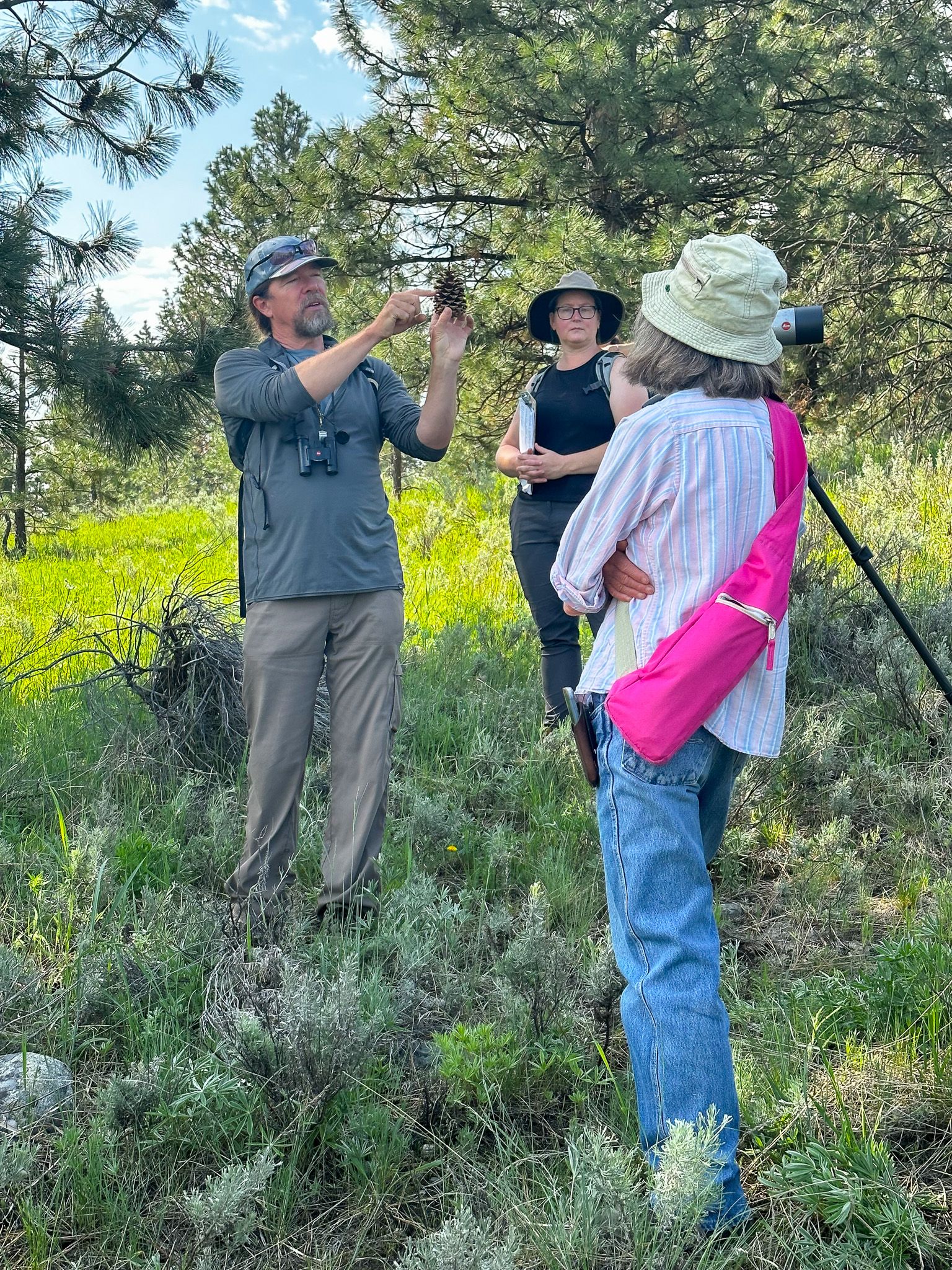May 21-27, 2023
Leaving green
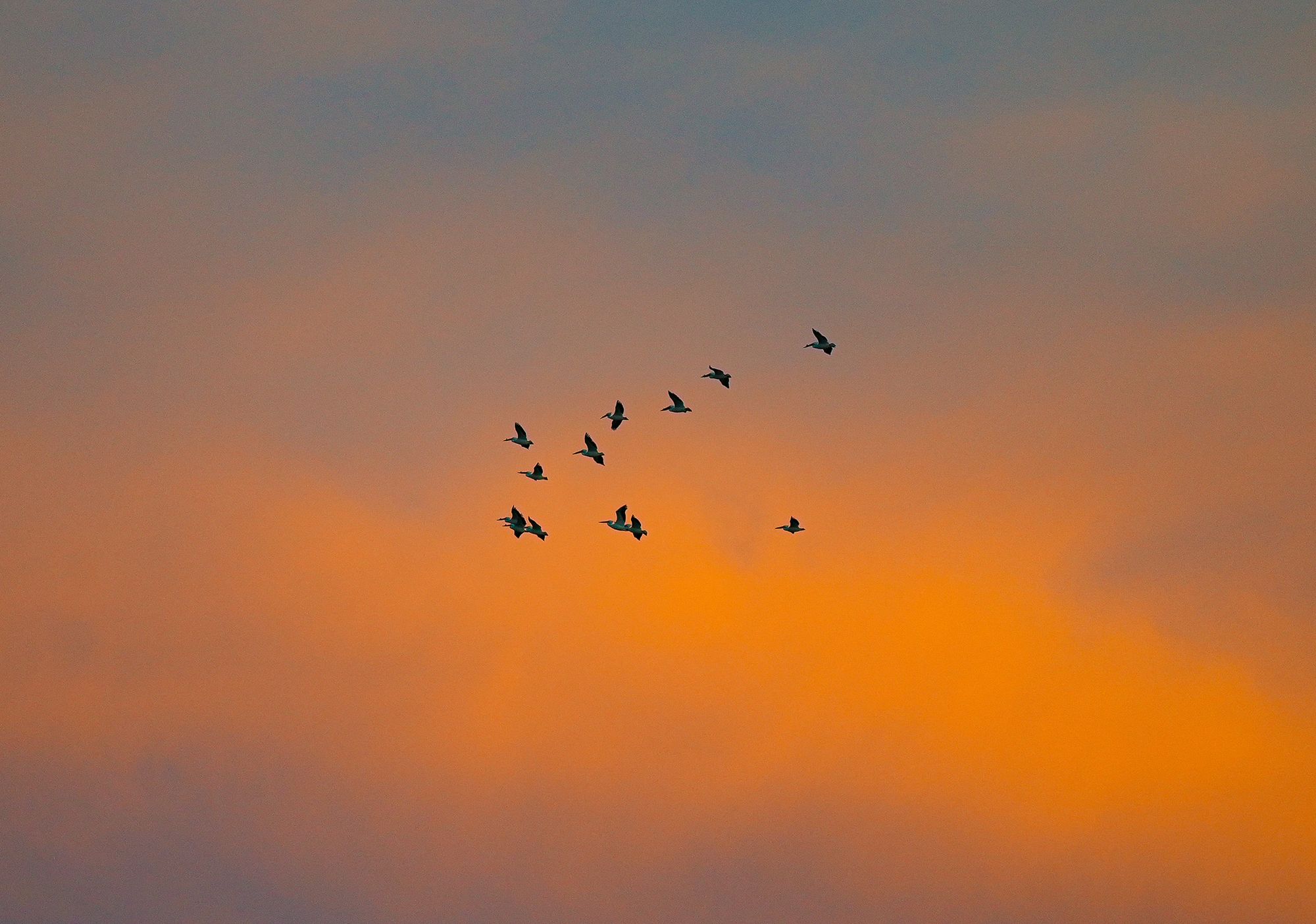
What an amazing week for cloud lovers—with massive cumulus clouds piling up like giant heads of cauliflower every afternoon, along with stretches of sunshine and passing bursts of rain.
Week in Review
Look around and you can't miss the fact that we've started transitioning from the fullness of spring into the crackling dryness of summer. Everything is green but in much of the valley that "it hurts to look at" kind of green has softened into a duskier, matte-like green.
There are still many vibrant patches, especially in wetter or shadier areas, but flowers on the valley floor and lower slopes have largely withered and grasses are already drying and going to seed.
There's a fullness in the air.
Insects seem especially active right now, and it might be because the season for mating and laying eggs is short and insects often rely on flowers or green vegetation for the development of their larvae.
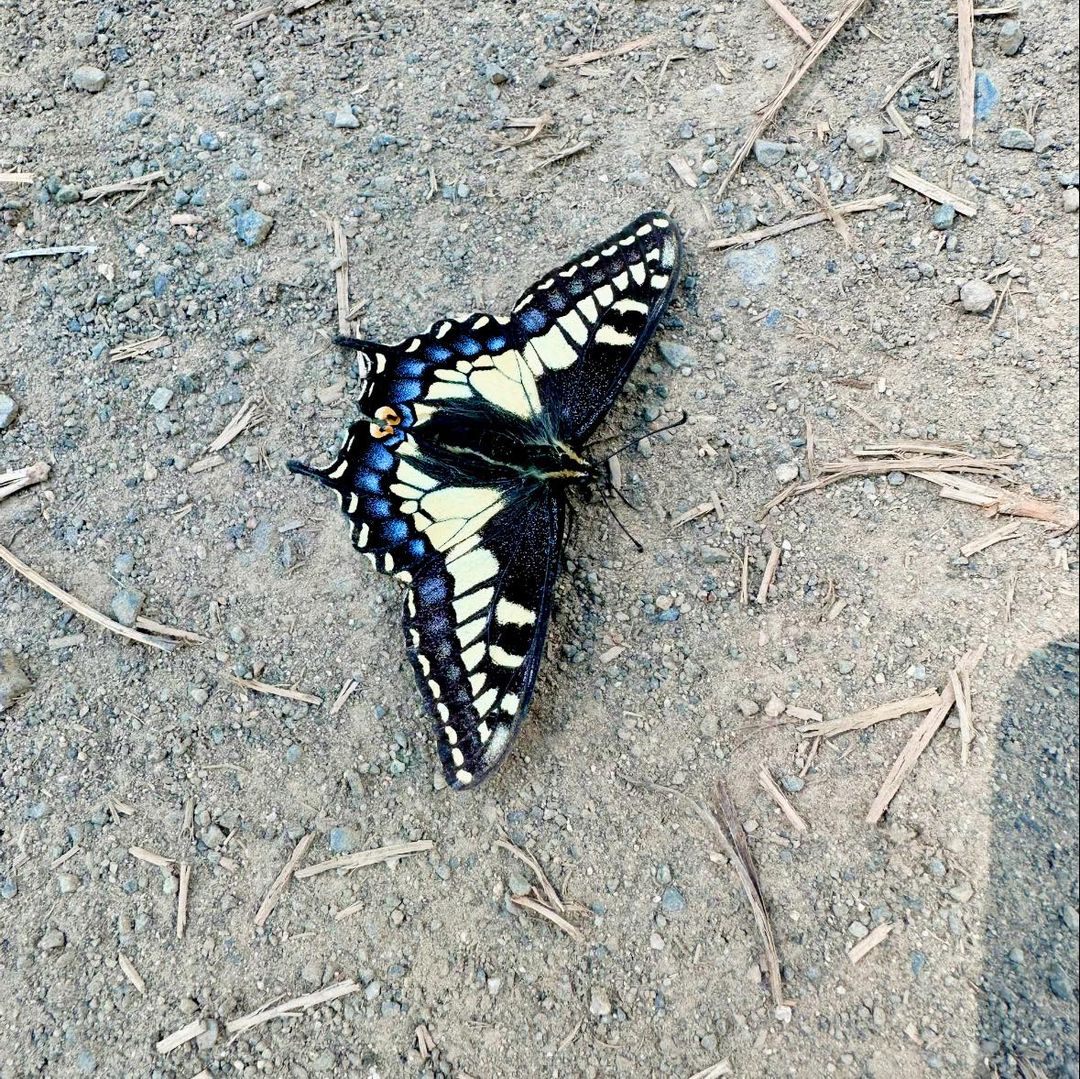
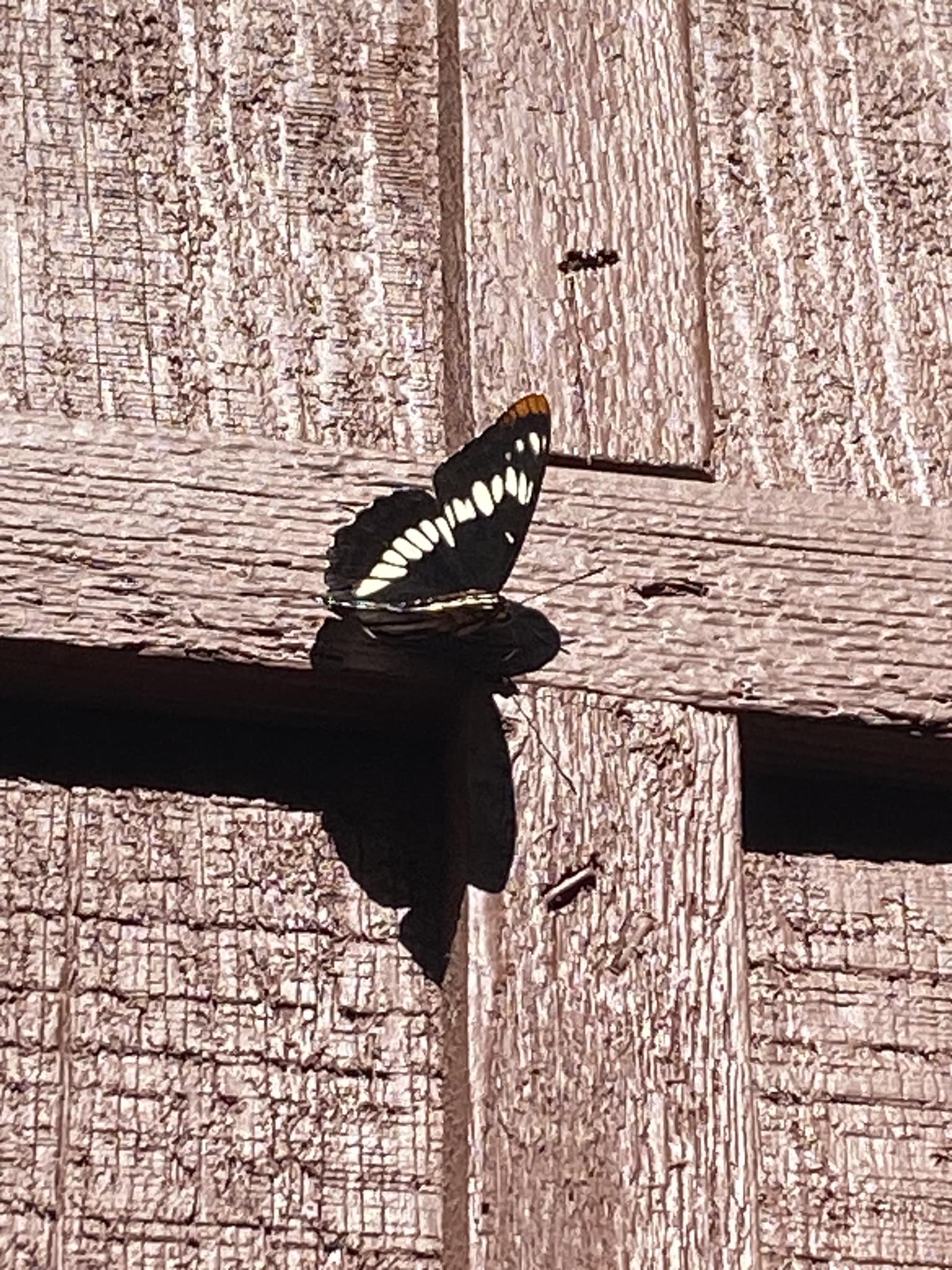
Nighttime is a great time to look for insects because they tend to be active at night to avoid predators. and one of the biggest surprises is when some weird, unexpected insect shows up outside your window attracted to your light.
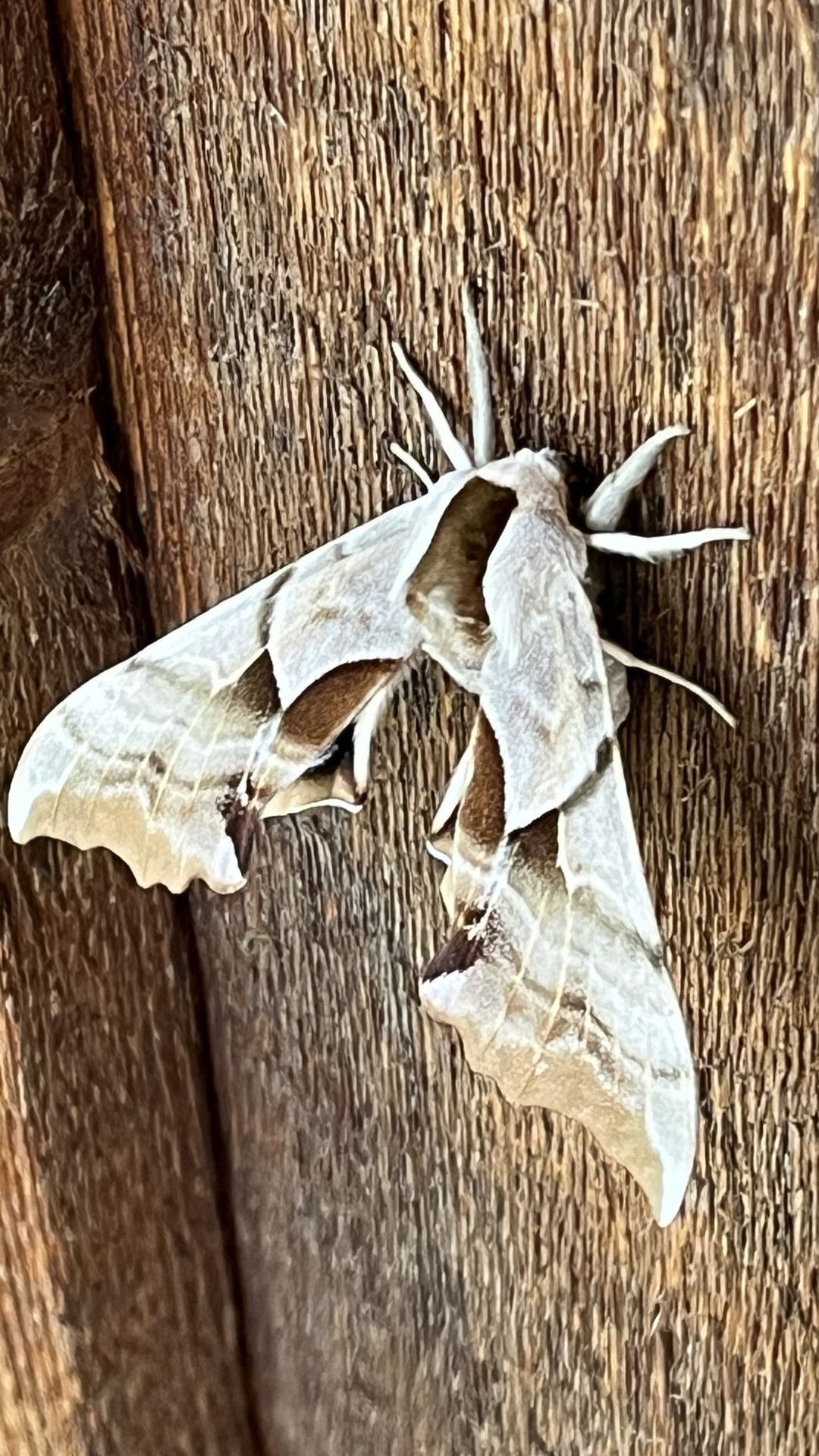
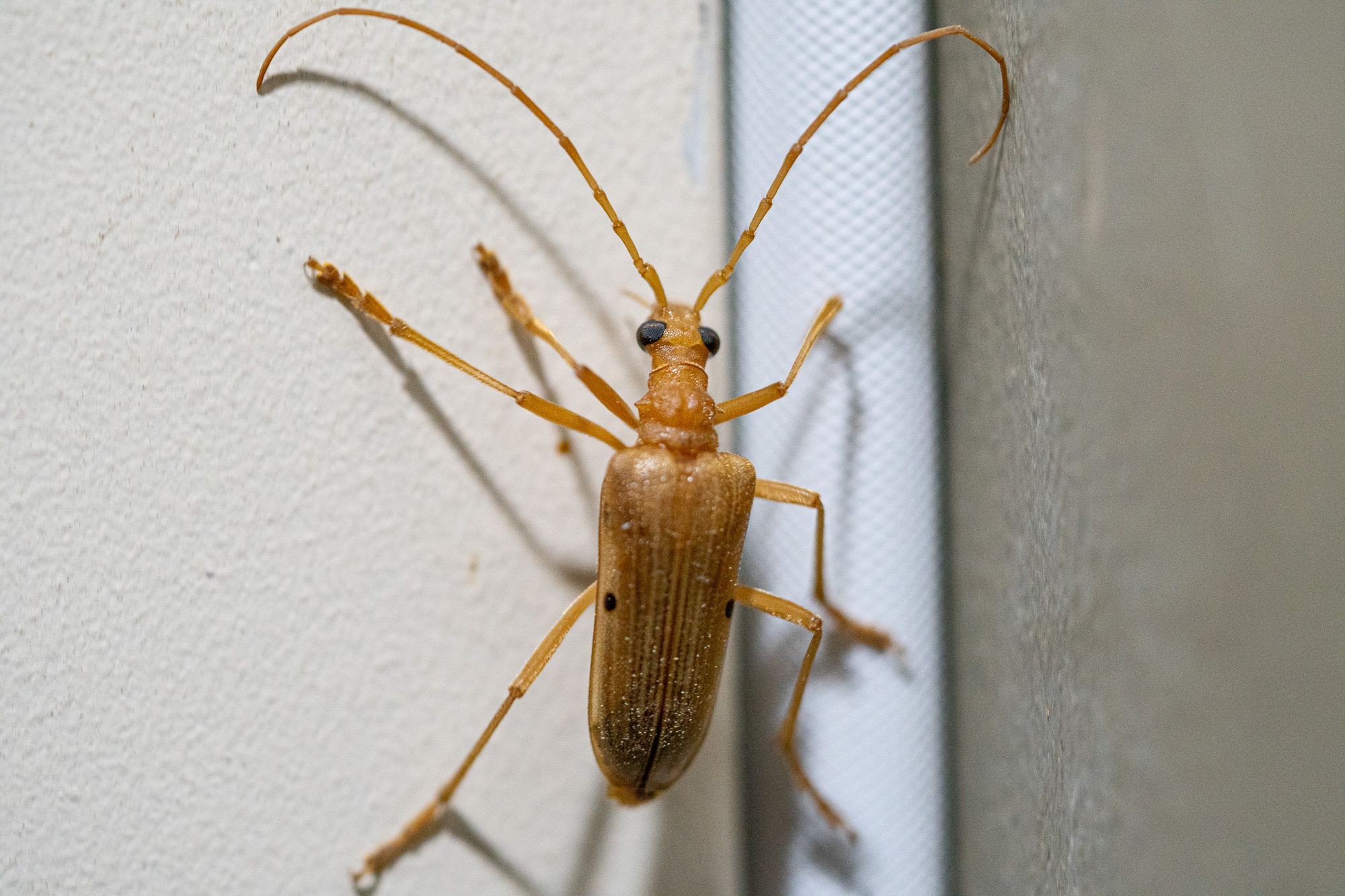
Sadly, outside lights are disastrous for insects because many nocturnal insects navigate by the moon. They see outside lights as navigation beacons so they fly to lights and circle endlessly until they run out of energy. This means that countless insects probably don't survive and almost certainly don't breed because the adult forms of innumerable species live only a few hours or days and hatch with just enough energy to find a mate and die.
One of the prettiest flowers blooming around the valley right now are showy bitterroots, which seem to emerge as brilliant stars straight out of the soil. Flowers that use this strategy are called ephemeral geophytes (for more on this topic see my article on the bud bank), which means they use energy stored in their roots to produce flashy flowers. Bitterroots actually have a beautiful rosette of succulent leaves for a short period of time in the early spring but these leaves wither and disappear by the time they flower (check out my video about bitterroots for the full story).
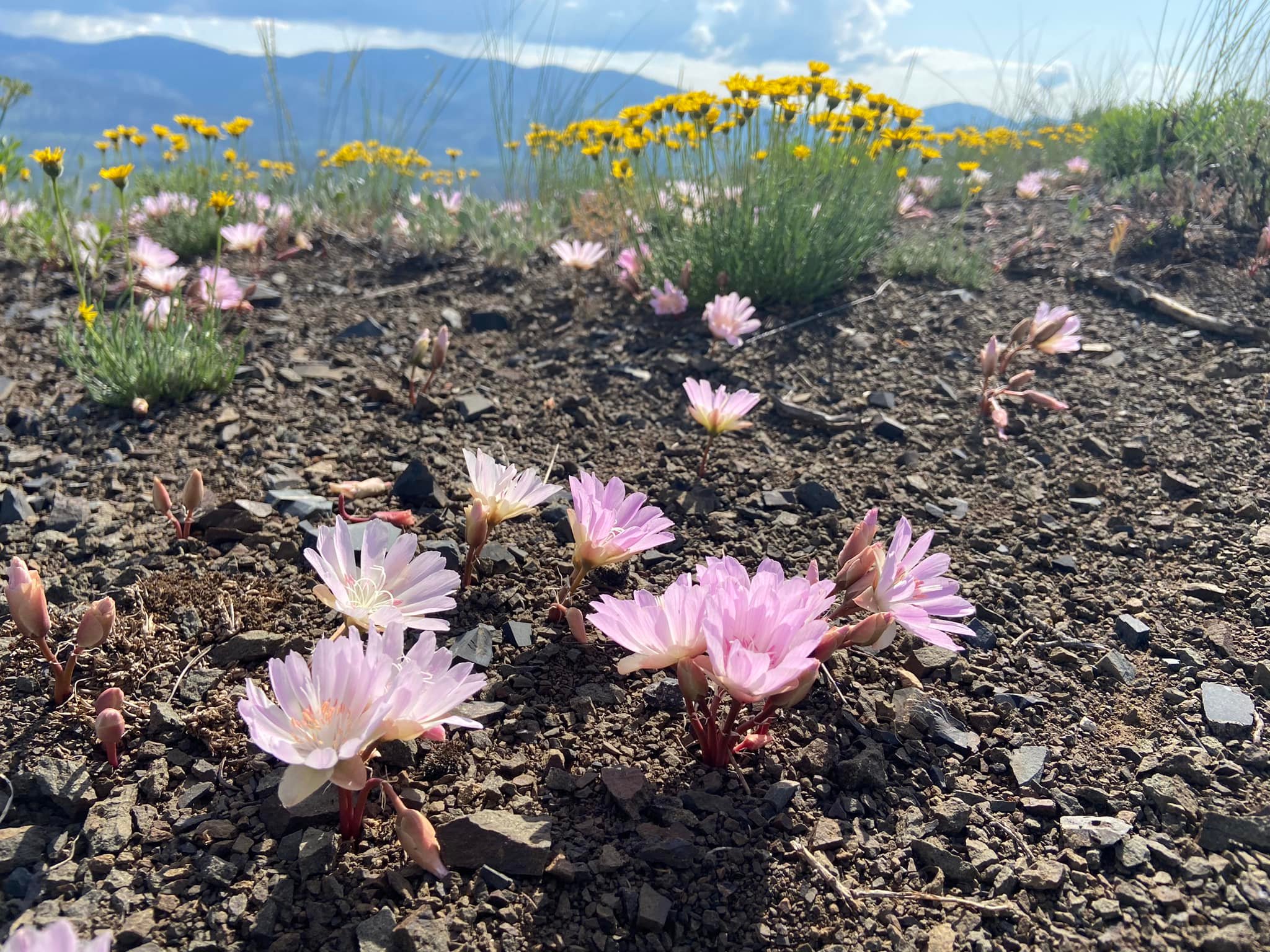
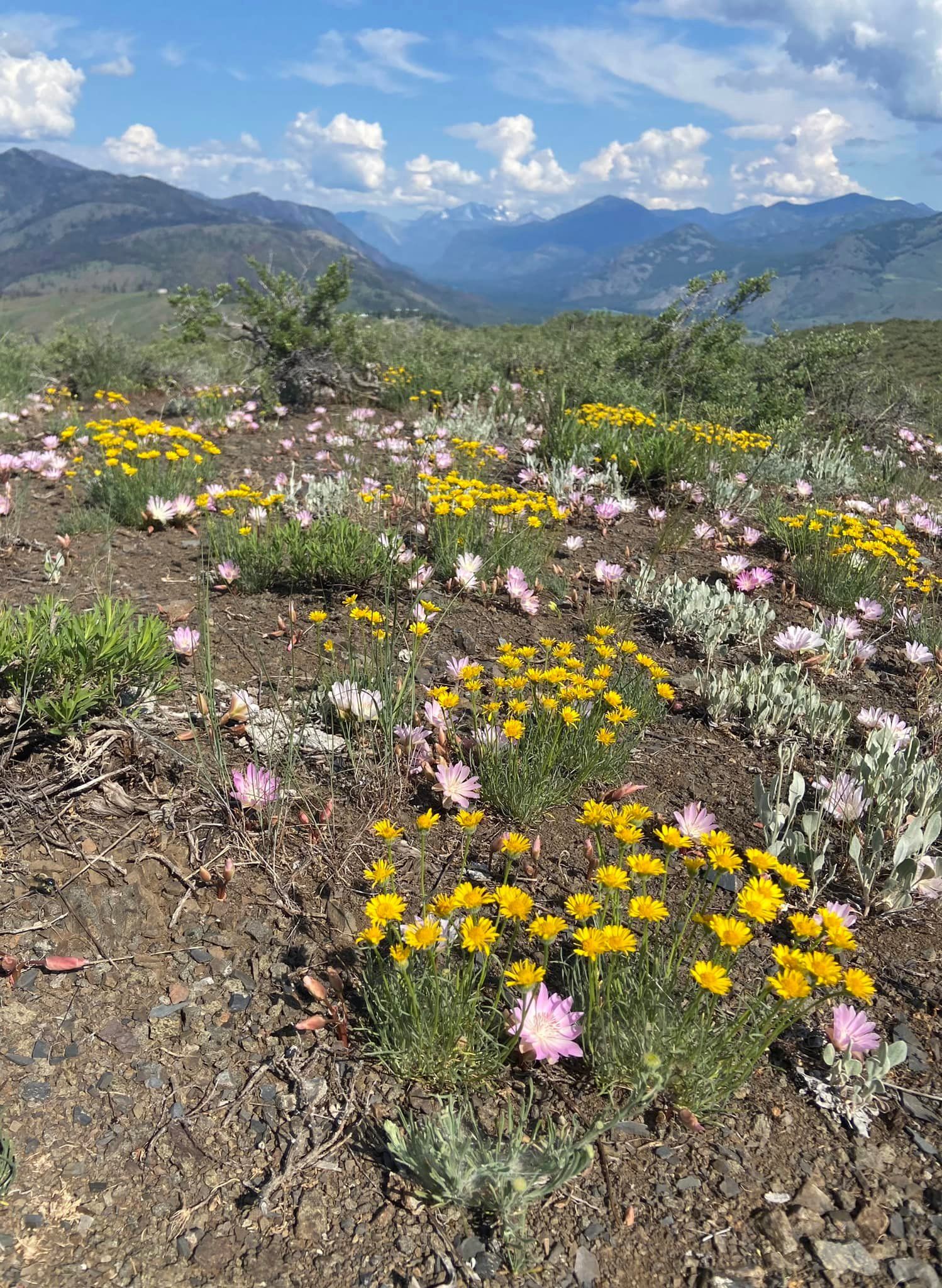
Observation of the Week: A Parade of Composites
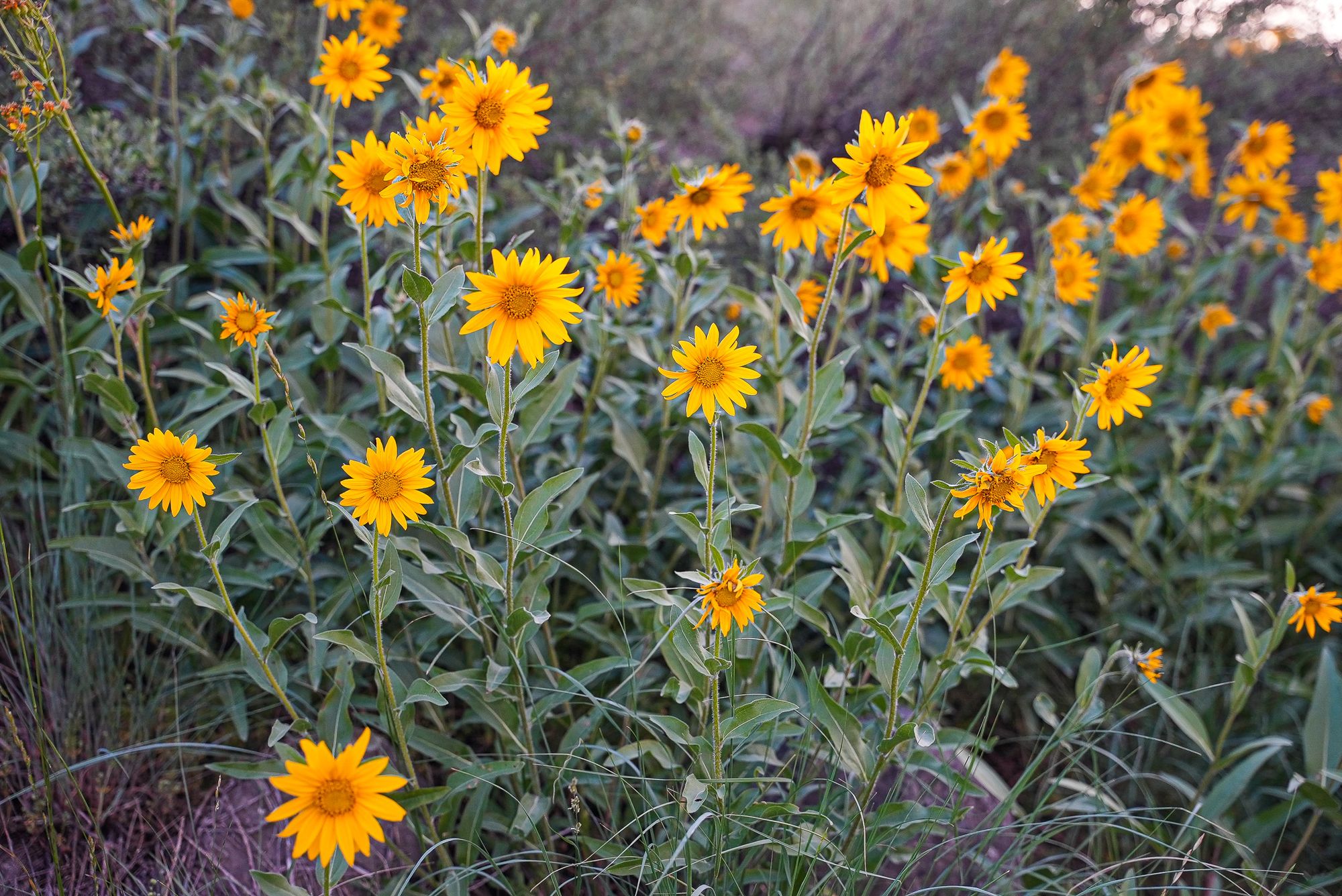
Because we pay so much attention to flamboyant displays of arrowleaf balsamroot carpeting hills at the end of April, it's easy to miss the fact that there is a steady parade of closely related sunflower species that replace each other one after another for months.
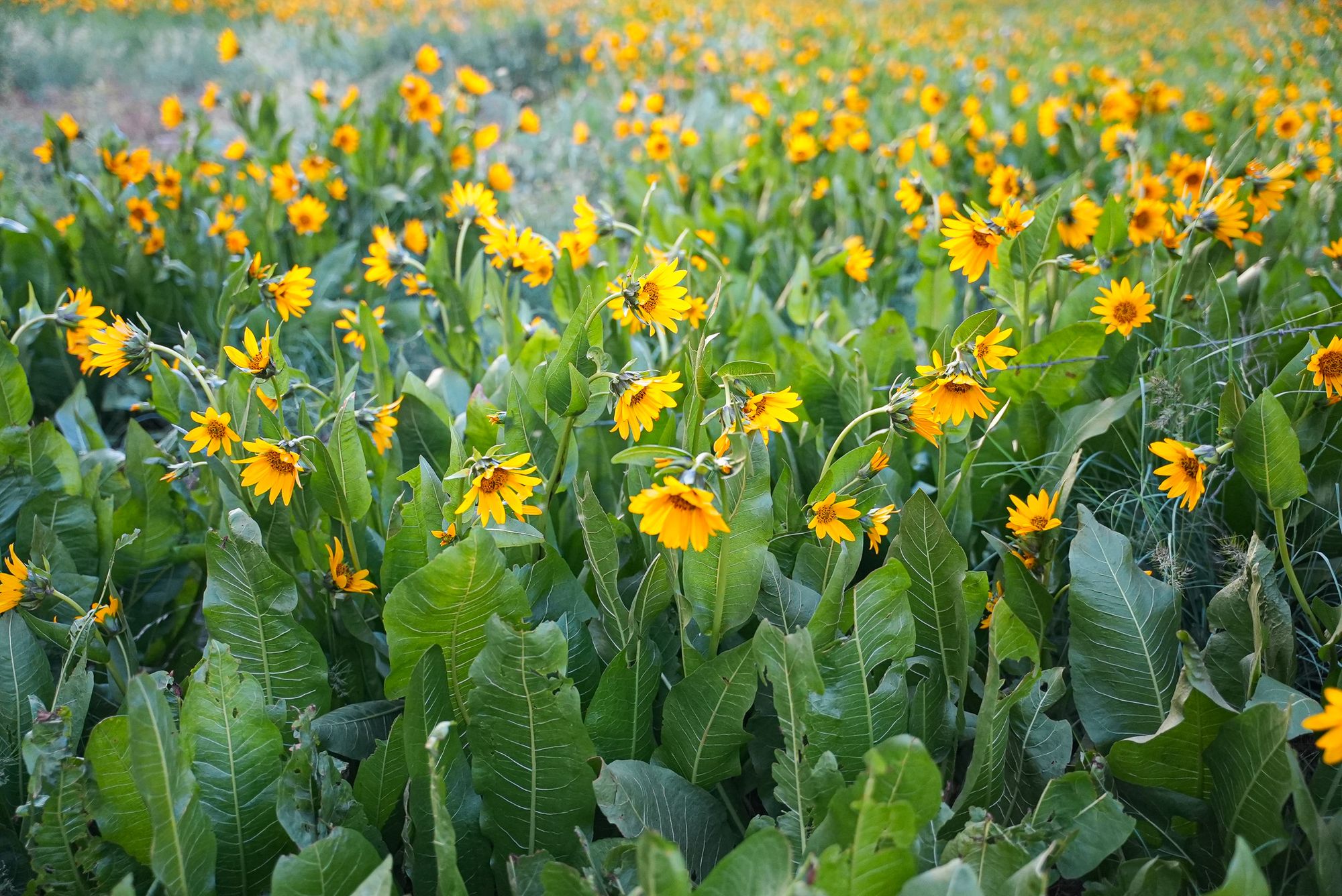
Flowers in the sunflower or aster family (formerly Compositae, but now known as Asteraceae) have a unique and distinctive structure: each flower head or inflorescence is composed of dozens to hundreds of tiny flowers tightly packed together.
These tiny flowers are typically of two types: ray flowers that each produce one giant, showy "petal" and a dense cluster of disk flowers at the center of the flower head.
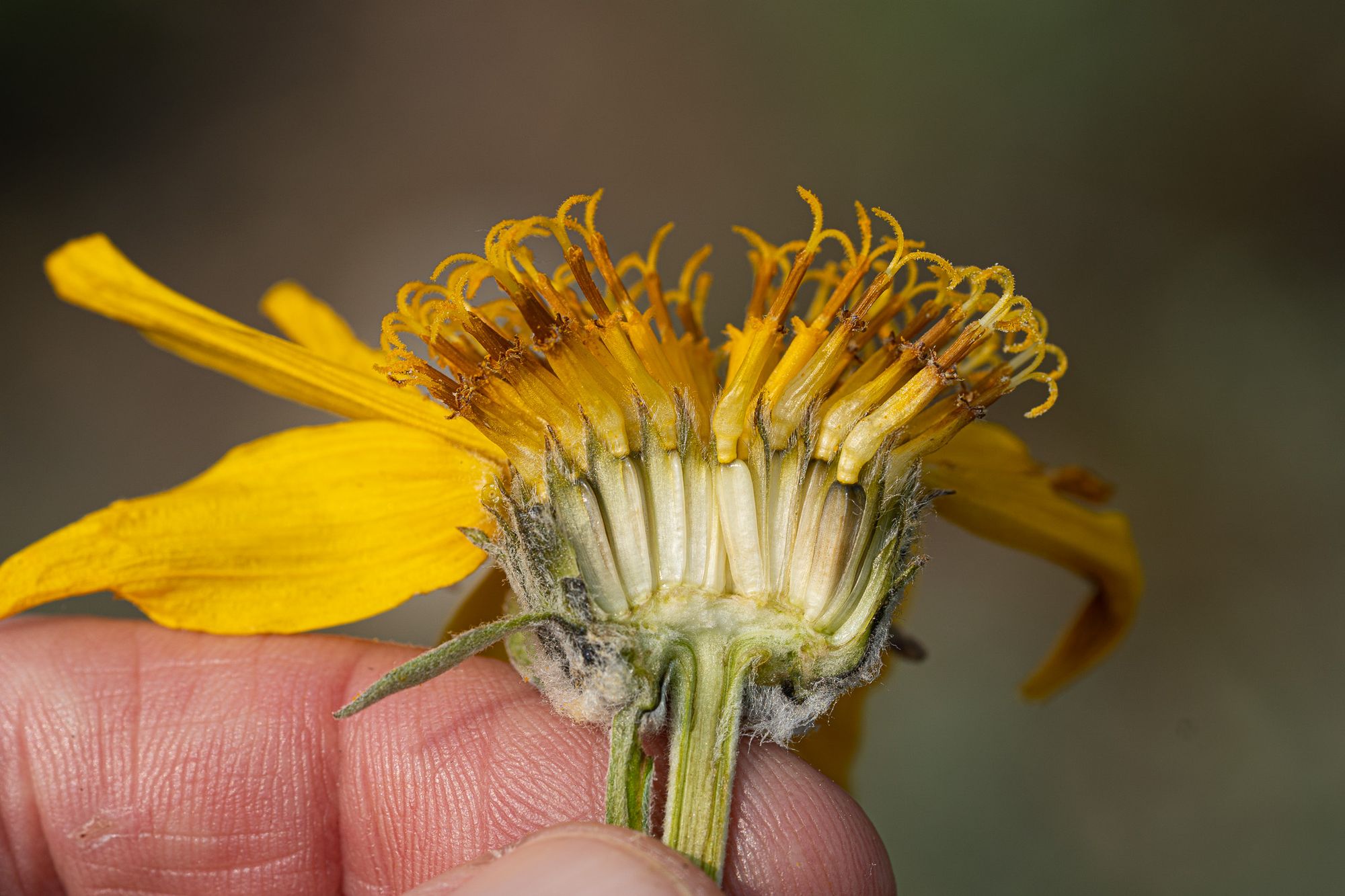
Many tiny flowers working together to create something that looks like one big flower is a highly effective way to attract the attention of pollinators. One biologist counted 178 species of insects visiting a single species of sunflower and this steady flow of visitors are all helping pollinate the flowers.
This strategy of using composite flowers (composed of smaller flowers) is so effective that sunflowers are considered the most advanced and successful plant family on earth with at least 30,000 species.
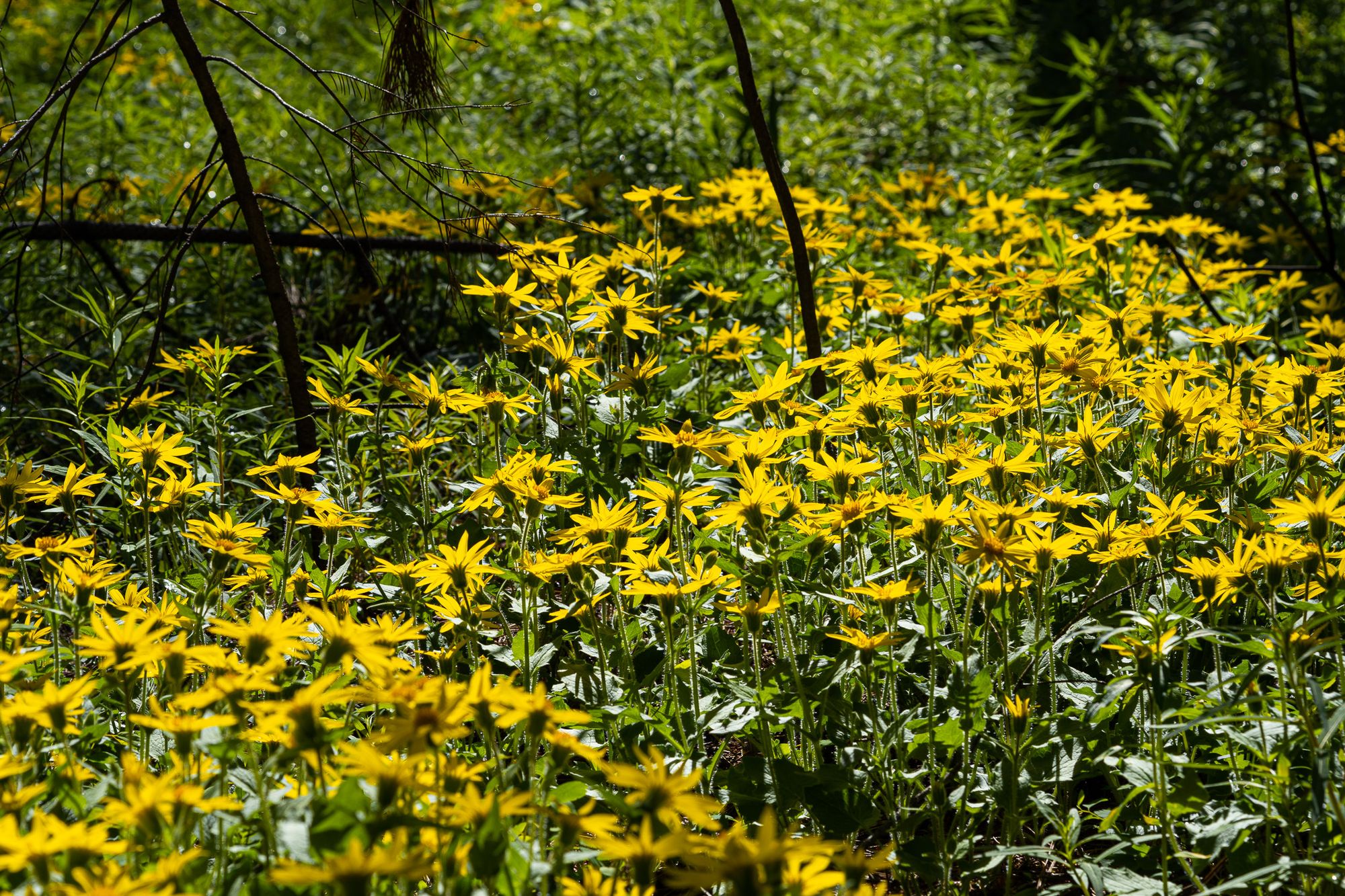
You can see this playing out when you look around the Methow Valley and start paying attention to composite flowers. There are at least 165 species of composites around the Methow Valley—more than any other plant family—and it's fascinating to watch how they seem to stagger their appearance so they divide up the summer and always seem to be blooming somewhere.
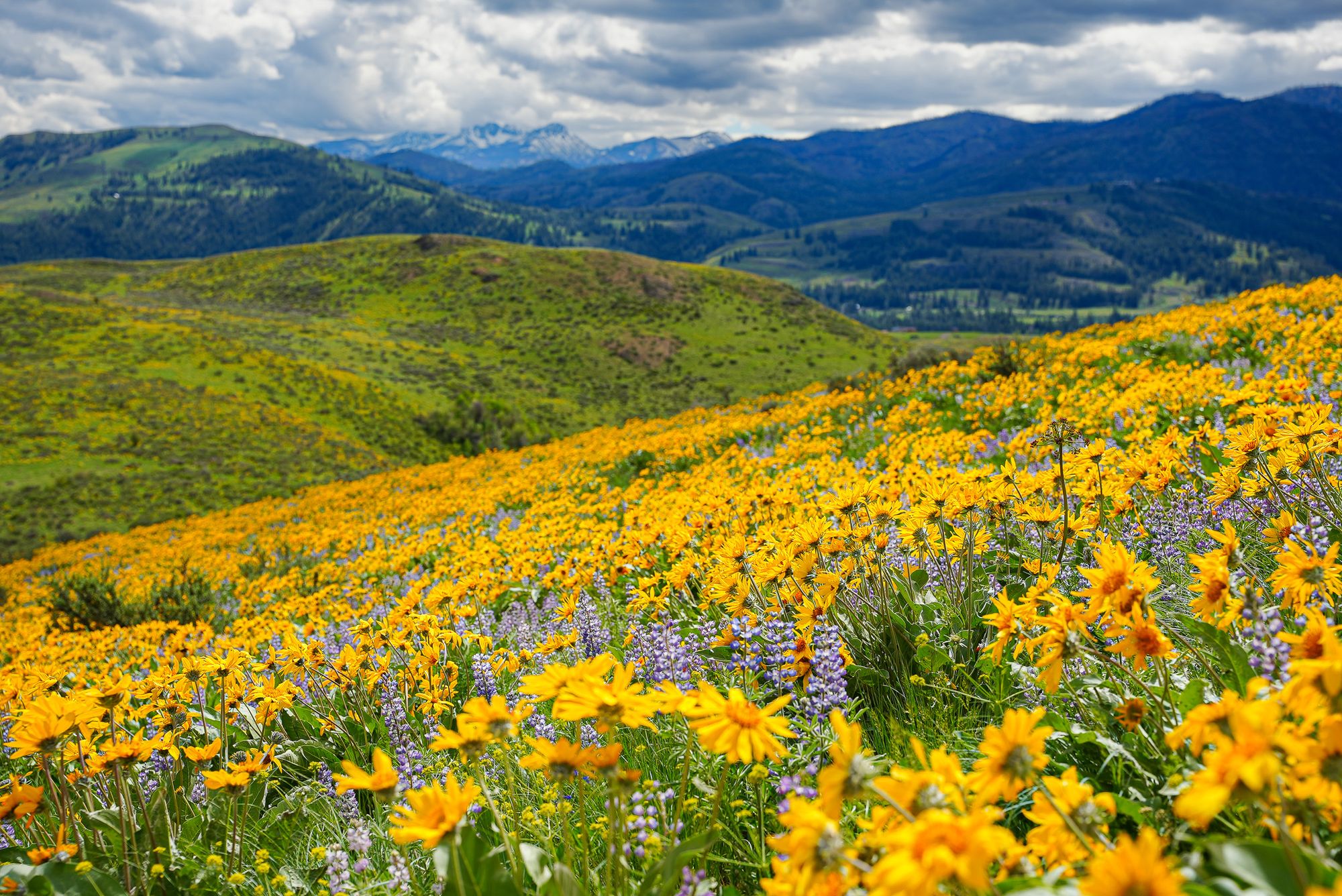
At the same time, there are disadvantages to having so many flowers packed together, and to attracting so many pollinators, but that's a topic for another day. If you want to learn more about the fascinating details of this strategy check out my recent article on composites, or the nature journaling class I taught with John Muir Laws about composite flowers last week.
Upcoming Events
Join David Lukas for a 2-hour nature walk on Wednesday, May 31. We'll meet at the Chickadee trailhead at Sun Mountain at 8 a.m. and walk out and back along the edge of the beaver pond while talking about the insects, flowers, and birds that we discover. The path is flat, and our pace will be casual with many stops, but we'll learn a lot along the way. Cost is $20 (payable the morning of the walk or in advance at paypal.me/LukasGuides).
